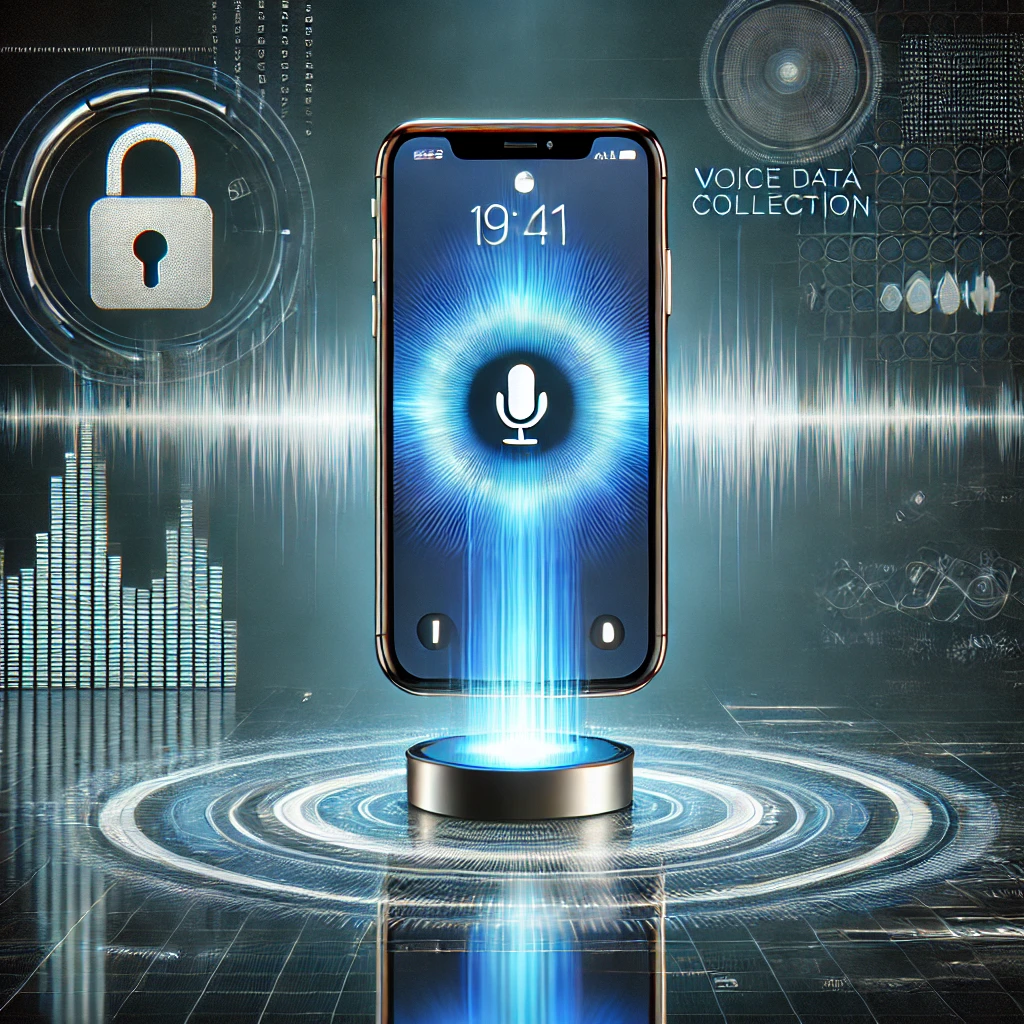A man who is 63 years old and has a disease called Parkinson’s can walk again because of a new device. The man, Marc, lives in France and he was the first person to use this device. Before he got the device, he could not leave his house much and he fell down a lot. Now, he can walk for a long time and go up and down steps without help.
The device is put on the back near the waist and it helps the legs move by sending signals. When the device is on, Marc can walk almost like he used to. He can walk about four miles and is not scared of steps. The device is like what doctors use for people who hurt their back and can’t walk. It helps people with Parkinson’s walk better, but it does not make the disease go away.
Doctors who made the device are going to try it on six more people with Parkinson’s. They are still learning about the device, but it could be very good for people with bad Parkinson’s when medicine does not work anymore. This new thing could make life much better for people with Parkinson’s.
Original news source: Parkinson’s implant restores man’s ability to walk (BBC)
Listen
Slow
Normal
Fast
Group or Classroom Activities
Warm-up Activities:
– News Summary
Instructions: Students will be divided into small groups. Each group will have a few minutes to read the article and summarize the main points in their own words. They then share their summary with the class. This will help students practice reading comprehension and summarizing skills.
– Sketch It
Instructions: Provide students with key vocabulary from the article (e.g., device, Parkinson’s, signals, steps, medicine). Individually or in pairs, students must sketch a representation of each word without writing any words or letters. Afterward, have students show their pictures to the class, and the classmates guess the vocabulary. This activity reinforces vocabulary understanding and recall.
– Keyword Hangman
Instructions: Play a game of hangman using keywords from the article (e.g., walk, device, disease, doctors, medicine). This will help students recognize and remember key vocabulary from the text.
– Think-Pair-Share
Instructions: Pose a question related to the article, such as “How do you think Marc’s life changed after using the new device?” Students first think about the answer on their own, then pair up with a partner to discuss their thoughts before sharing with the larger group. This encourages critical thinking and speaking practice.
– Future Predictions
Instructions: Ask students to imagine the future of medical devices for Parkinson’s based on what they learned from the article. In pairs or small groups, students discuss and write down their predictions. Then they share these with the class. This activity promotes the use of future tense and imaginative thinking.
Comprehension Questions:
1. How old is Marc, the man who can walk again?
2. What disease does Marc have?
3. What could Marc not do much before he got the new device?
4. Where is the device put on Marc’s body?
5. How far can Marc walk with the help of the device?
6. Does the device cure Parkinson’s disease?
7. How many more people with Parkinson’s will try the device?
Go to answers ⇩
Listen and Fill in the Gaps:
A man who is 63 years old and has a (1)______ called Parkinson’s can walk again because of a new device. The man, Marc, lives in (2)______ and he was the first (3)______ to use this device. Before he got the device, he could not leave his house much and he fell down a lot. Now, he can walk for a (4)______ time and go up and down steps without help.
The (5)______ is put on the back near the waist and it helps the legs move by sending signals. When the device is on, (6)______ can walk almost like he used to. He can walk about four miles and is not (7)______ of steps. The device is like what doctors use for people who hurt their (8)______ and can’t (9)______. It helps people with Parkinson’s walk better, but it does not make the disease go away.
Doctors who made the device are going to try it on six more people with Parkinson’s. They are still learning about the device, but it could be very (10)______ for people with bad Parkinson’s when (11)______ does not work anymore. This new (12)______ could make life much better for people with Parkinson’s.
Go to answers ⇩
Discussion Questions:
Students can ask a partner these questions, or discuss them as a group.
1. What is a device that you know about that helps people?
2. How would you feel if you could not walk very well?
3. Do you like the idea of using a device to help you walk? Why or why not?
4. Do you think it’s important to help people with diseases like Parkinson’s? Why?
5. What do you do to help someone who is having trouble walking?
6. How do you think Marc felt before he got the device?
7. How do you think Marc feels now that he can walk again?
8. What is something you can do easily now that you might need help with when you are older?
9. Do you know anyone who has trouble walking or who has a disease like Parkinson’s?
10. Would you like to try a device like Marc’s if you needed it? Why or why not?
11. How do you think doctors can make life better for sick people?
12. Do you think it’s a good idea to test new devices on more people? Why or why not?
Individual Activities
Vocabulary Meanings:
Match each word to its meaning.
Words:
1. device
2. Parkinson’s
3. France
4. signals
5. walk
6. steps
7. doctors
8. medicine
Meanings:
(a) People who help you when you are sick
(b) A small machine that helps people do things
(c) Messages that tell your body what to do
(d) A sickness that makes it hard to move
(e) Something you take to help you get better
(f) Things you go up and down to get to different levels
(g) Moving by putting one foot in front of the other
(h) The country that has Paris
Go to answers ⇩
Multiple Choice Questions:
1. How old is the man who can walk again because of the new device?
(a) 50 years old
(b) 75 years old
(c) 40 years old
(d) 63 years old
2. Where does Marc live?
(a) France
(b) Spain
(c) Italy
(d) Germany
3. What disease does Marc have?
(a) Parkinson’s
(b) Alzheimer’s
(c) Diabetes
(d) Asthma
4. Where is the device put on the body?
(a) On the head
(b) Near the waist
(c) On the feet
(d) On the hands
5. How far can Marc walk with the device?
(a) About two miles
(b) About four miles
(c) About one mile
(d) About six miles
6. What does the device help with?
(a) Seeing
(b) Hearing
(c) Walking
(d) Smelling
7. How many more people with Parkinson’s are going to try the device?
(a) Ten
(b) Three
(c) Eight
(d) Six
8. What could the new device do for people with bad Parkinson’s?
(a) Make the disease go away
(b) Help them run faster
(c) Make life much better
(d) Help them speak louder
Go to answers ⇩
True or False Questions:
1. Now, he can walk for a long time and go up and down steps without help.
2. The device allows him to walk about four miles and be afraid of steps.
3. The device is dissimilar to what doctors use for people with back injuries who can’t walk.
4. The doctors who made the device are not going to test it on six more people with Parkinson’s to learn more about its benefits.
5. A 63-year-old man with Parkinson’s disease in France cannot walk again because of a new device.
6. The device helps people with Parkinson’s walk better, but it doesn’t cure the disease.
7. Before getting the device, the man had trouble leaving his house and fell down a lot.
8. The device is placed on the back near the waist and sends signals to help the legs move.
Go to answers ⇩
Write a Summary:
Write a summary of this news article in two sentences.
Check your writing now with the best free AI for English writing!
Writing Questions:
Answer the following questions. Write as much as you can for each answer.
Check your answers with our free English writing assistant!
1. How old is the man who can walk again?
2. What is the name of the disease the man has?
3. Where does the man put the new device to help him walk?
4. Can the device cure the man’s Parkinson’s disease?
5. How many more people are the doctors going to try the device on?
Answers
Comprehension Question Answers:
1. How old is Marc, the man who can walk again?
Marc is 63 years old.
2. What disease does Marc have?
Marc has Parkinson’s disease.
3. What could Marc not do much before he got the new device?
Before he got the new device, Marc could not leave his house much and he fell down a lot.
4. Where is the device put on Marc’s body?
The device is put on the back near the waist.
5. How far can Marc walk with the help of the device?
Marc can walk about four miles with the help of the device.
6. Does the device cure Parkinson’s disease?
No, the device does not cure Parkinson’s disease.
7. How many more people with Parkinson’s will try the device?
Six more people with Parkinson’s will try the device.
Go back to questions ⇧
Listen and Fill in the Gaps Answers:
(1) disease
(2) France
(3) person
(4) long
(5) device
(6) Marc
(7) scared
(8) back
(9) walk
(10) good
(11) medicine
(12) thing
Go back to questions ⇧
Vocabulary Meanings Answers:
1. device
Answer: (b) A small machine that helps people do things
2. Parkinson’s
Answer: (d) A sickness that makes it hard to move
3. France
Answer: (h) The country that has Paris
4. signals
Answer: (c) Messages that tell your body what to do
5. walk
Answer: (g) Moving by putting one foot in front of the other
6. steps
Answer: (f) Things you go up and down to get to different levels
7. doctors
Answer: (a) People who help you when you are sick
8. medicine
Answer: (e) Something you take to help you get better
Go back to questions ⇧
Multiple Choice Answers:
1. How old is the man who can walk again because of the new device?
Answer: (d) 63 years old
2. Where does Marc live?
Answer: (a) France
3. What disease does Marc have?
Answer: (a) Parkinson’s
4. Where is the device put on the body?
Answer: (b) Near the waist
5. How far can Marc walk with the device?
Answer: (b) About four miles
6. What does the device help with?
Answer: (c) Walking
7. How many more people with Parkinson’s are going to try the device?
Answer: (d) Six
8. What could the new device do for people with bad Parkinson’s?
Answer: (c) Make life much better
Go back to questions ⇧
True or False Answers:
1. Now, he can walk for a long time and go up and down steps without help. (Answer: True)
2. The device allows him to walk about four miles and be afraid of steps. (Answer: False)
3. The device is dissimilar to what doctors use for people with back injuries who can’t walk. (Answer: False)
4. The doctors who made the device are not going to test it on six more people with Parkinson’s to learn more about its benefits. (Answer: False)
5. A 63-year-old man with Parkinson’s disease in France cannot walk again because of a new device. (Answer: False)
6. The device helps people with Parkinson’s walk better, but it doesn’t cure the disease. (Answer: True)
7. Before getting the device, the man had trouble leaving his house and fell down a lot. (Answer: True)
8. The device is placed on the back near the waist and sends signals to help the legs move. (Answer: True)
Go back to questions ⇧













